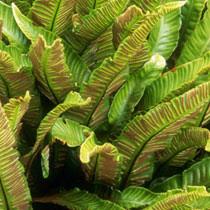Did you cook a hedgehog accidentally on bonfire night?
A typical bonfire heap of sticks and twigs and autumn leaves is just what hedgehogs are looking for for their winter hibernation place or 'hibernaculum'. So it's a good idea to either build the bonfire immediately before you set light to it, or look underneath.
Alternatively, build a heap of sticks and leaves specifically as a hedgehog hibernaculum.
photo: College Park Infant School, Portsmouth
I haven't seen a hedgehog in Thornbury for about 30 years, but one of our volunteers, Paul, says he has seen them in his garden recently. Their population is in steep decline nationally, plummetting from an estimated 30 million in the 1950s to only 1.5 million now.
Nobody is sure why but it could be any or all of these:
(a) loss of hedgerows and permanent grassland - at Filnore we are trying to reverse the trend in a small way
(b) less prey - slugs, snails, earthworms, centipedes, millipedes, etc - because of pesticides
(c) smaller, tidier gardens with fences, which makes it harder to move around and find food
(d) habitat carved up by new roads and buildings isolates small populations of hogs, which makes them more vulnerable to local extinction.
Apparently they are good swimmers, but can get stuck in garden ponds if it's hard to climb out.
photo: College Park Infant School, Portsmouth
Nov 21st is The Day of the Hedgehog. The People's Trust for Endangered Species is holding its annual conference for hedgehogs in Telford - I mean about hedgehogs.
Here's a link to Avon Wildlife Trust's hedgehog booklet - how to build hoghouses, how to feed hogs, how to make your garden hog-friendly.
http://www.avonwildlifetrust.org.uk/sites/default/files/hedgehog_booklet-_wild_about_gardens.pdf
and here is a link to the British Hedgehog Preservation Society
http://www.britishhedgehogs.org.uk/


















































